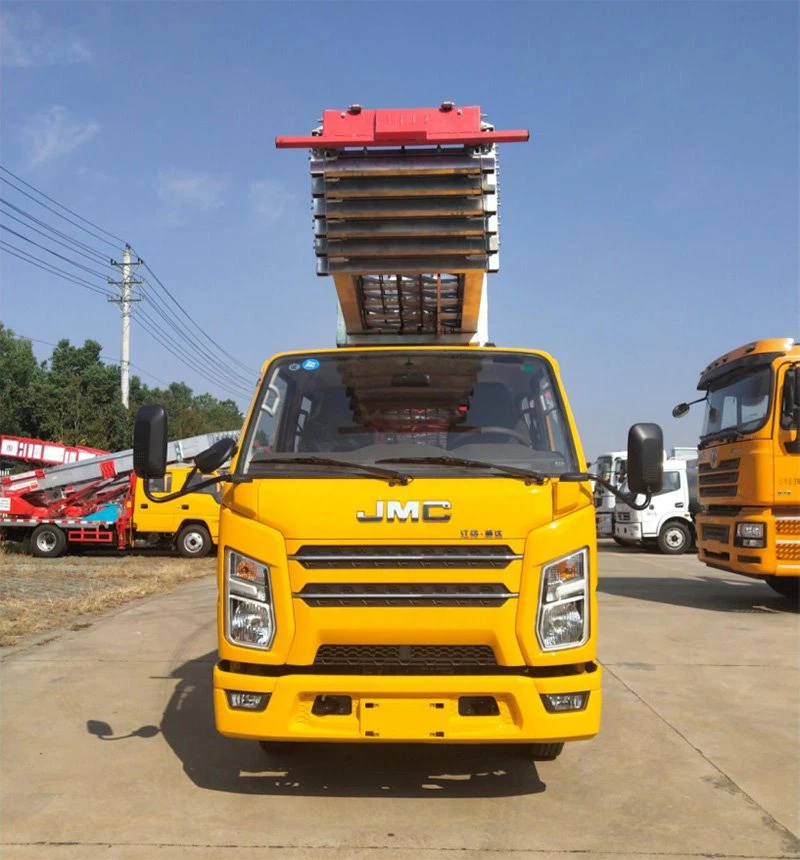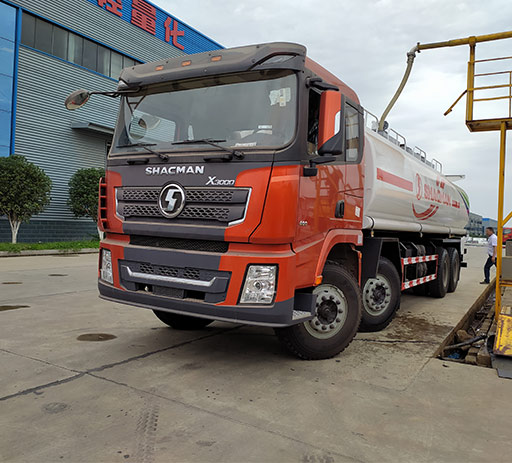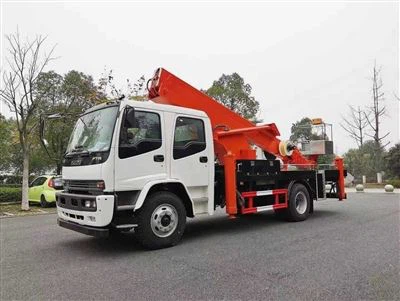Understanding 10,000 Gallon Tanker Truck Dimensions: A Comprehensive Guide

Tanker trucks are vital in transporting liquids meant for various industries, including fuel, food, and chemicals. Among the different sizes, 10,000-gallon tanker trucks are commonly used due to their balance between capacity and maneuverability. In this article, we’ll explore the dimensions of 10,000-gallon tanker trucks in detail, discussing their features, specifications, benefits, and considerations for drivers and businesses alike.
Introduction to Tanker Trucks
Tanker trucks are specialized vehicles designed to transport liquids. Their construction is crucial because it must ensure safety, structural integrity, and efficiency. The dimensions of these trucks vary based on their capacity: the 10,000-gallon versions are popular for various applications due to their size and versatility. Knowing the dimensions helps fleet operators choose the right vehicle for their needs, ensuring compliance with industry regulations and safety standards.
General Specifications of 10,000 Gallon Tanker Trucks
Before diving into specific dimensions, let’s review some general specifications of 10,000-gallon tanker trucks.
Material Construction
Most tanker trucks are made from aluminum or stainless steel. Aluminum is lighter and often used for water and food-grade liquids, while stainless steel provides more durability and is preferred for chemicals.
Common Uses
The uses of 10,000-gallon tanker trucks are diverse:
- Transporting potable water
- Moving fuel (gasoline, diesel)
- Carrying chemicals for industrial applications
- Delivering liquid fertilizers and pesticides
- Storing and transporting food-grade liquids
Dimensions of a 10,000 Gallon Tanker Truck
The dimensions of a 10,000-gallon tanker truck can vary based on the manufacturer, design, and specific requirements. However, there are common metrics that are generally applicable.
Length
The average length of a 10,000-gallon tanker truck is between 30 to 35 feet. This measurement can change based on design specifics, such as the number of axles and the configuration of the tank.
Width
Tanker trucks typically have a width of around 8 feet, which is the maximum allowable on U.S. roads without special permits.
Height
The height of a 10,000-gallon tanker truck usually ranges from 10 to 13 feet. The variation largely depends on the type of tank used and the truck’s overall design.
Table of Dimensions
| Dimension | Average Measurement |
|---|---|
| Length | 30 to 35 feet |
| Width | 8 feet |
| Height | 10 to 13 feet |
Tank Design and Shape
The design and shape of the tank in a 10,000-gallon tanker are essential for both function and safety.
Cylindrical vs. Other Shapes
Most tanker trucks feature cylindrical tanks, which provide an even distribution of pressure, making them safer for transporting liquids. Some tanks may have a more elliptical shape or may be subdivided into separate compartments for hauling multiple types of liquids.
Tank Configuration
Some common configurations include:
- Single compartment: optimal for transporting a single liquid type.
- Multi-compartment: allows transportation of different liquids in one trip.
Weight Considerations
The weight of a fully loaded 10,000-gallon tanker truck is significant due to the weight of the liquid and the truck itself. Understanding this is essential for compliance with road weight regulations.
Empty and Loaded Weight
A 10,000-gallon tanker has an empty weight typically ranging from 15,000 to 20,000 pounds, depending on the construction materials used. When loaded, the total weight can reach between 30,000 to 40,000 pounds, depending on the liquid being transported.
Weight Breakdown
| Condition | Weight (lbs) |
|---|---|
| Empty | 15,000 to 20,000 |
| Loaded | 30,000 to 40,000 |
Regulations and Compliance
There are strict regulations governing the transportation of liquids by tanker trucks. These vary by region but generally include weight restrictions, safety standards, and proper licensing.
DOT Regulations
In the U.S., the Department of Transportation (DOT) has established guidelines that all tanker trucks must follow:
- Maximum allowable weight limits
- Required equipment for emergency situations
- Driver training requirements
State-Specific Regulations
States may have additional regulations regarding tanker trucks, particularly in regard to hazardous materials transport. It’s essential for operators to be knowledgeable about both federal and state laws.
Benefits of Using a 10,000 Gallon Tanker Truck
Utilizing a 10,000-gallon tanker truck comes with several advantages:
Versatility
These trucks can transport a variety of liquids, from water to fuel, making them an attractive choice for different industries.
Cost-Effectiveness
Compared to smaller tankers, the 10,000-gallon option can transport larger quantities at once, reducing the frequency of trips and saving on fuel costs.
Maneuverability
While still expansive, 10,000-gallon tankers are easier to maneuver than their larger counterparts, making them suitable for tighter spaces in urban settings.
Choosing the Right 10,000 Gallon Tanker Truck
When selecting a 10,000-gallon tanker truck, several factors should be considered to ensure that the vehicle fits your specific needs.
Purpose of Use
Identify whether the truck will primarily transport food-grade liquids, hazardous materials, or fuel, as this will influence the design choices.
Tank Material

Select the appropriate material based on what will be transported. For example, food-grade liquids require stainless steel or aluminum, while chemicals may need specially coated interiors.

Compliance with Local Regulations
Ensure any tanker truck you consider meets all local, state, and federal regulations. This can include weight laws, safety features, and if it can operate in specific locations.
Common Equipment and Features

10,000-gallon tanker trucks may come equipped with various features for enhanced safety and efficiency.
Pumps and Valves
Many tanker trucks feature built-in pumps for easy loading and unloading. Valves are strategically placed for quick access to control liquid flow.
Safety Features
Look for trucks that meet or exceed safety regulations, such as:
- Adequate lighting
- Anti-roll protection
- Emergency shut-off systems
Maintenance Tips for 10,000 Gallon Tanker Trucks
Proper maintenance ensures longevity and safety in tanker trucks.
Regular Inspections
Schedule regular inspections to assess tire wear, brake conditions, and the integrity of the tank itself.
Cleaning
Depending on what liquids are transported, cleaning the tank thoroughly is essential to prevent contamination and corrosion.
Fluid Checks
Regularly check and change fluids such as oil and any hydraulic fluids for optimal performance.
Conclusion
Understanding the dimensions and features of a 10,000-gallon tanker truck is crucial for operators and businesses utilizing these vehicles. Knowledge of the specifications, benefits, and regulations allows for better decision-making when purchasing or using these trucks. Keeping safety and maintenance in mind also ensures smooth operations.
FAQ about 10,000 Gallon Tanker Truck Dimensions
1. What is the typical length of a 10,000-gallon tanker truck?
The average length ranges from 30 to 35 feet, but it may vary based on the design and manufacturer.
2. Can a 10,000-gallon tanker truck transport hazardous materials?
Yes, but it must comply with specific regulations and safety standards depending on the material being transported.
3. How much does a 10,000-gallon tanker truck weigh when loaded?
When fully loaded, a 10,000-gallon tanker truck can weigh between 30,000 and 40,000 pounds.
4. What materials are commonly used to build a 10,000-gallon tanker truck?
Common materials include aluminum and stainless steel, chosen based on the type of liquid being transported.
5. Are there size restrictions for a 10,000-gallon tanker truck on public roads?
Yes, dimensions typically follow a maximum width of 8 feet and height of around 13 feet to comply with road regulations.
6. What maintenance is required for a 10,000-gallon tanker truck?
Regular inspections, cleaning, and fluid checks are essential to ensure optimal performance and safety.
